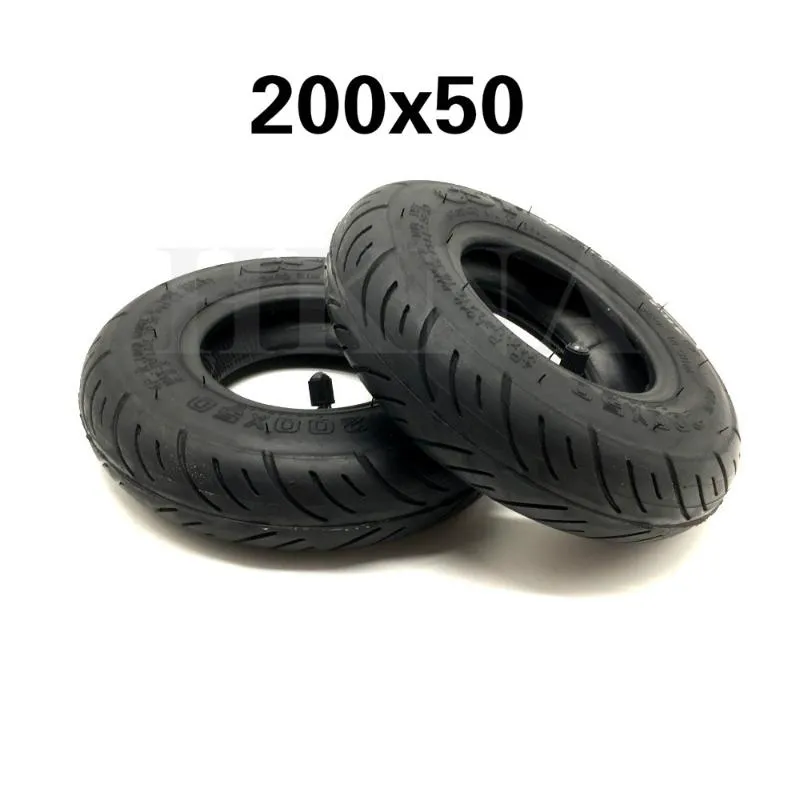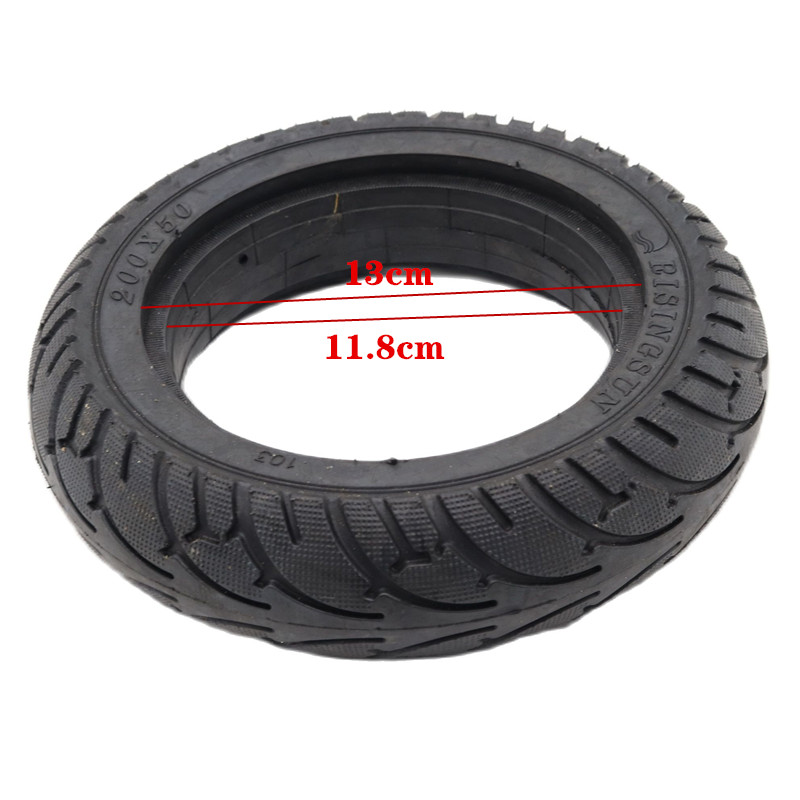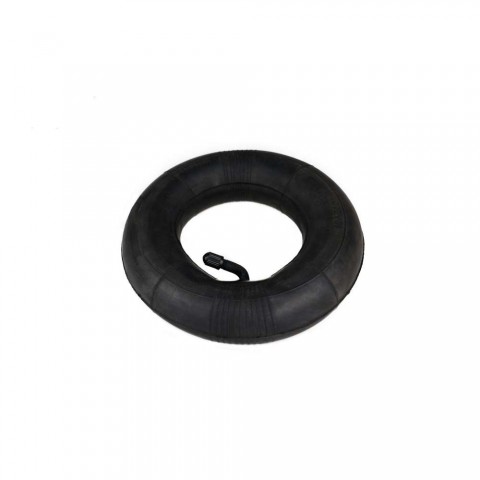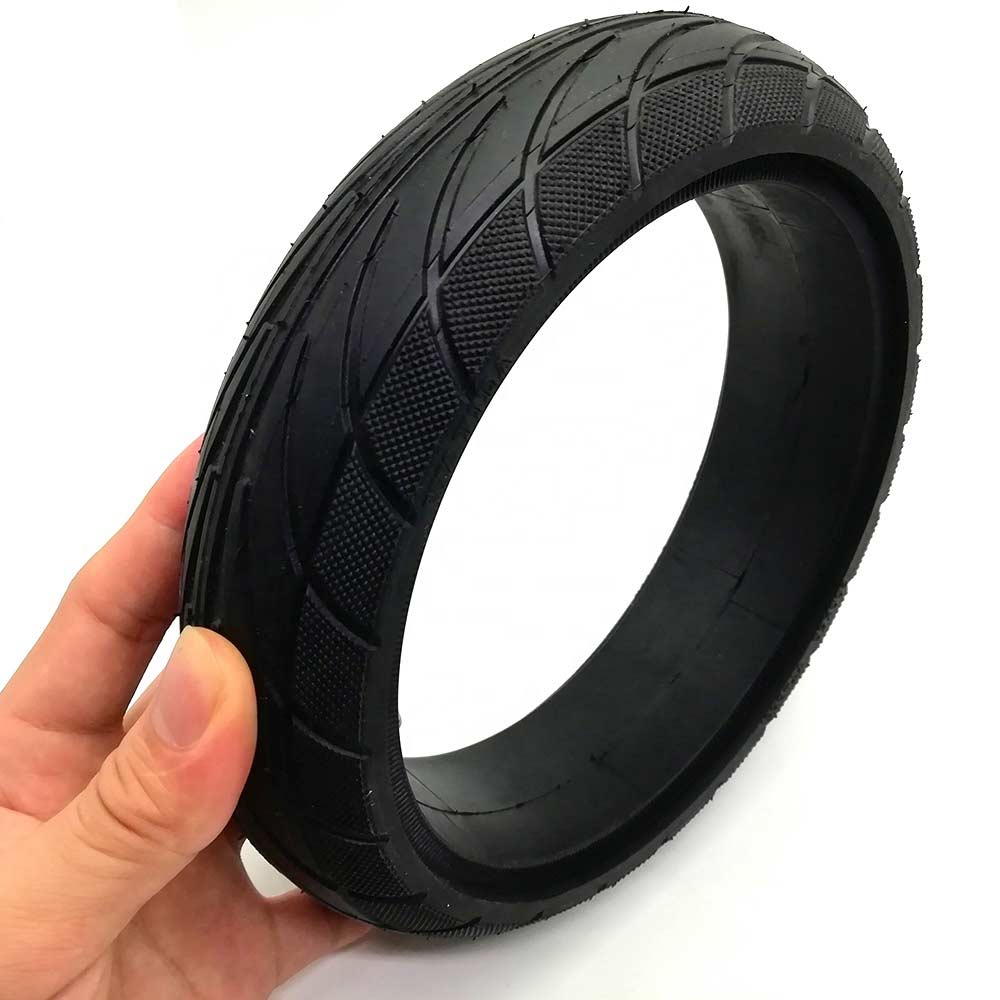
200*50 Inner Tube and outer tires 200x50 off-road tires for 8 Inch Electric Scooter inflatable wheels - AliExpress

Amazon.com: AR-PRO 200X50 Tire & Inner Tube Set - Electric Scooter Tire Tube Compatible with Razor E100, E150, E200, Power Core E100, Dune Buggy, ePunk, Crazy Cart, PowerRider 360, eSpark : Sports

200x50 Tire and Tube Pneumatic Wheel Off-Road Tires for Electric Scooter,Electric Gas Scooter,Mountain

Amazon.com: AlveyTech 200x50 "No-Flat" Flat Free Solid Rubber Scooter Tire with KF813 Tread - Electric Scooter Tires, Razor Scooter Tires, Crazy Cart Wheels, No Flat Tire, Razor Wheels Replacement, E200 8x2 Wheel :

Λάστιχα THE URBAN 200x50-8 TT για E-Scooter Egret Eight, The Urban #BRLN, #RVLTN Προφίλ: Κλασική Ø 8" ελαστικά κλασικού τύπου | SIP-Scootershop

8 inch inner 200X50 and outer tires, with hub pneumatic wheels , suitable for electric gas scooters scooter - AliExpress

2X 8 Inch 200X50 Pneumatic Tires for Electric Skateboard Damping Country Skateboard Tubeless Tyre,Front Wheel - Walmart.com

Amazon.com: 200x50 Scooter Solid Tires, Electric Scooter Tire Honeycomb Design, 8Inch Rubber Solid Tire Front/Rear Tire, Replacement Wheels for Scooter, 2Pcs (Black 200X50) : Everything Else

200X50 Non-Pneumatic Solid Tire/Tyre for Electric Scooter/Electric Bike No Hole/Outer Hole - China Bicycle Tube, Bicycle Tire | Made-in-China.com
















